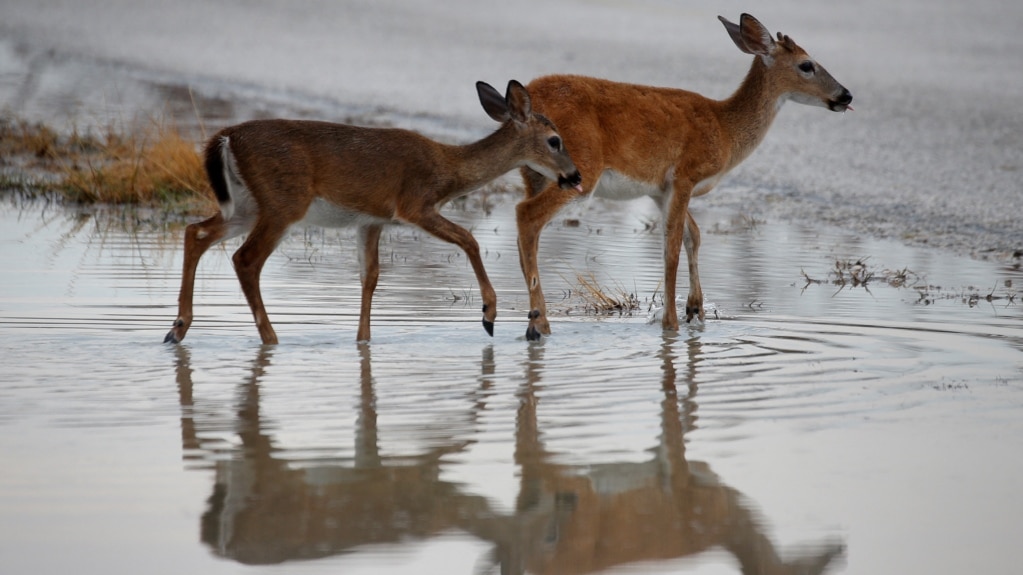An environmental group says 40 percent of animals and 34 percent of plants in the United States are at risk of disappearing.
The group NatureServe recently released its report. The non-profit group is based near Washington, D.C., in Arlington, Virginia.
NatureServe said 41 percent of ecosystems in the country are also facing collapse. Ecosystems are everything that exists in an environment including lifeforms, land and water.
Plants and animals of many kinds, including crayfish, cacti, and freshwater mussels, are in danger, the report said.
The organization examined data from over 1,000 scientists in the United States and Canada. It said the report was its most complete yet, using 50 years of information on the health of animals, plants and ecosystems.
The report provides pictures and maps of areas that the group says are unprotected and where animals and plants are most threatened.
Sean O'Brien is the president of NatureServe. He said the data in the report was "terrifying." He hoped it would help lawmakers support legislation like the Recovering America's Wildlife Act, which failed to gain support last year.
For example, among the species at risk of extinction is the Venus flytrap, a plant that “eats” insects. The report says it is only found in the wild in a few places in the states of North and South Carolina.
NatureServe said that about half of all species of cacti in the U.S. are at risk of extinction. It said 200 species of trees might die out. The report also said that America's large northern grasslands are among the ecosystems most threatened. Over half of 78 kinds of grassland are at risk of collapse.
The main threats to plants, animals and ecosystems include environmental destruction, land-use change, invasive species, damming and river pollution, and climate change.
California, Texas and the southeastern United States are where the highest percentages of plants, animals and ecosystems are at risk. Those areas have many different forms of life. Wesley Knapp is the head plant scientist at NatureServe. He said those parts of America also have had a lot of population growth in recent years.
Knapp said lawmakers usually do not provide as much money for plant conservation than they do for animals. The study said there are about 1,250 plants at serious risk of extinction.
John Kanter is a biologist with the National Wildlife Federation, a non-profit group also based in Virginia. He was not involved in the report. But he said the data could guide state and area officials in creating effective State Wildlife Action Plans (SWAPs). Officials create SWAPs every 10 years to receive federal money to protect endangered species.
Currently $50 million in federal money is divided up among all states to carry out their SWAPs. The Recovering America's Wildlife Act would have increased that amount to $1.4 billion, or 28 times the current amount. Kanter said the bill would have increased states’ abilities to protect plants and animals. Lawmakers who support the bill have said they would reintroduce it.
Kanter added that the NatureServe report can guide officials on how to best spend the public’s money. He said biodiversity, the presence of many different forms of life, is important.
"Our biodiversity and its conservation is like a 'nature savings account' and if we don't have this kind of accounting of what's out there and how's it doing, and what are the threats, there's no way to prioritize action," Kanter said.
I’m Dan Novak.

